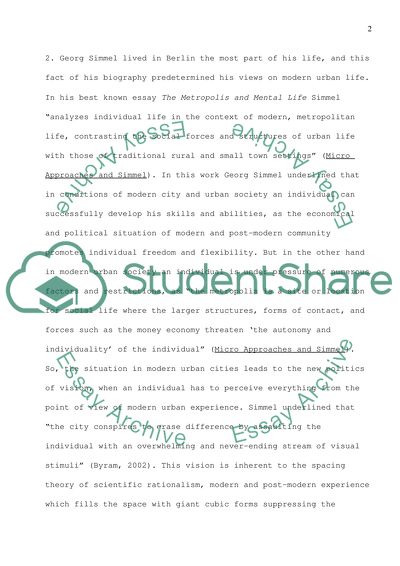Cite this document
(“Georg Simmel and Walter Benjamin Essay Example | Topics and Well Written Essays - 1000 words”, n.d.)
Retrieved from https://studentshare.org/philosophy/1509130-georg-simmel-and-walter-benjamin
Retrieved from https://studentshare.org/philosophy/1509130-georg-simmel-and-walter-benjamin
(Georg Simmel and Walter Benjamin Essay Example | Topics and Well Written Essays - 1000 Words)
https://studentshare.org/philosophy/1509130-georg-simmel-and-walter-benjamin.
https://studentshare.org/philosophy/1509130-georg-simmel-and-walter-benjamin.
“Georg Simmel and Walter Benjamin Essay Example | Topics and Well Written Essays - 1000 Words”, n.d. https://studentshare.org/philosophy/1509130-georg-simmel-and-walter-benjamin.


